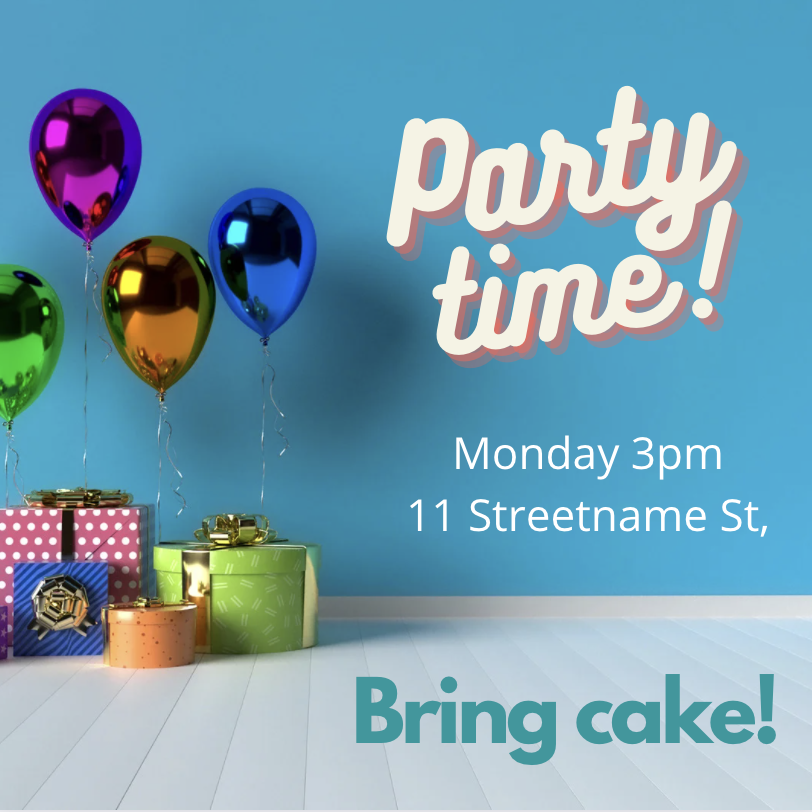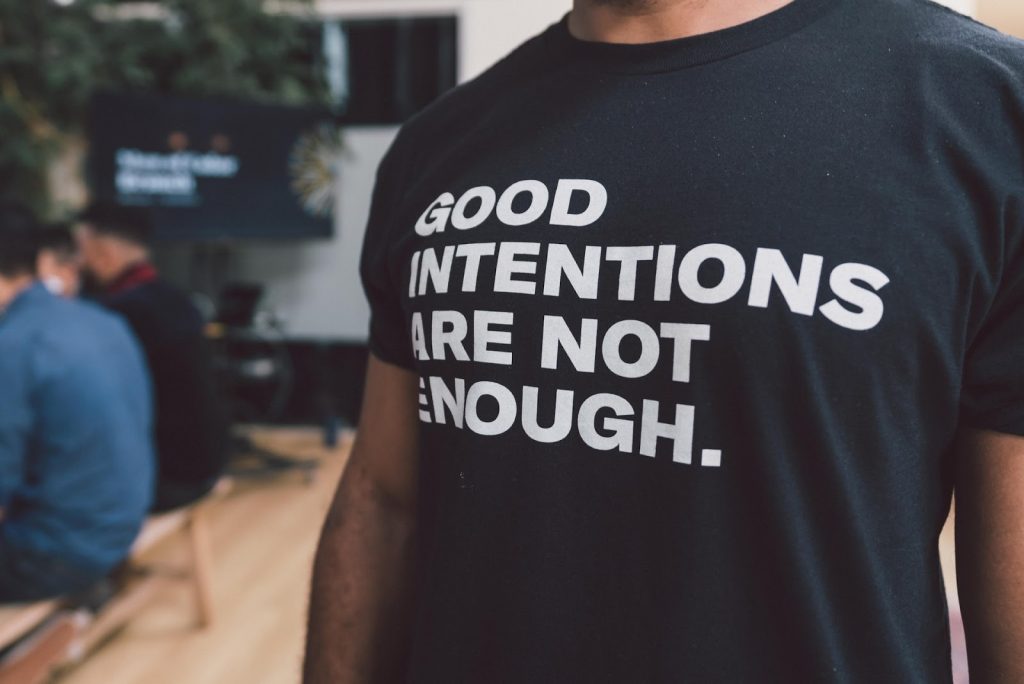I’m currently working on a covid management plan for a dance school. I’m quite enjoying the process.
Here’s the process:
–The Plan–
Restating the org’s values
- Which helped me understand how and why the org would develop a covid policy, what issues to focus on, and how to implement it,
- Which ensured we were all on the same page.
Stating the covid plan philosophy
- In this context, a philosophy is theoretical or ideological model for addressing concrete issues,
- Which is basically applying the org’s abstract values to a concrete issue (covid),
- Phrasing the philosophy as a list of clear applications of values to a specific issue (covid)
- This could be a list of a hundred items, or a list of two.
Developing two goals for the plan
- These are deliberately limited in scope (ie this isn’t a govt department managing the health of a whole city or state, it’s a small dance school),
- They are very focussed and practical.
Putting all this into practical actions
- There are four ‘actions’ which cover four general areas of covid management,
- These actions can be phrased as ‘guidelines’ (ie covid rules) for the org, but they can also guide procedures.
- They deliberately limit the scope of the plan to keep it very local and very practical.
So that’s the whole Covid management plan.
From here, I use the plan to develop:
- Guidelines (or rules)
- Procedures (eg if a rule is ‘you must provide proof of vaccination’, who does this checking, where do they check, what do they do if someone doesn’t have proof, what constitutes proof, etc etc)
- Social media strategy to communicate all this, and also to provide information about covid that will encourage people to participate
- Website materials (eg a public statement of the guidelines)
- A handbook that contains all the procedures, contact info, covid facts, etc.
–Developing the plan–
At this point I have a first draft, and it’s been to the org’s boss for comment and approval to go ahead and develop it.
After some tweaking, I’ll send it off to the rest of the org (teachers and staff) to get their feedback, impressions, comments, suggestions, etc.
I’ll also do a model for public comment.
This Plan development process, and the plan itself, are guided by:
- Research I’ve been doing into how covid is transmitted, etc,
- Research into different models that have similar values, and have been effective (incl. Camp Jitterbug, but also a model from AMSANT (The Aboriginal Medical Services Alliance Northern Territory), Abrome (a school in Texas), etc etc),
- Social Justice/activist models of care like Tian Zhang’s Manifesto for Radical Care, or How to Be a Human in the Arts.
A key part of this process is an ethos of community strength, and collectivism. My experiences working on sexual harassment in dance has made it clear that top-down solutions are a) not effective, b) burn out the people doing the work, c) maintain existing power structures that _enable_ injustices like sexual harassment. As I learnt working on Melbourne Lindy Exchange (MLX) for years, you need to develop work practices that allow any one person to drop out or take a break at any time. Which is, of course, what flexible, healthy workplaces are all about.
–A final form?–
A key part of this plan is to be agile. It must be able to change and respond to social changes. Covid will change. The community changes.
An Important thing I learnt from working on sexual harassment stuff, is that we can’t just develop a code and leave it at that. That doesn’t work. We need to update it, to change and develop our approach, as we learn more, and as our communities change.
So putting this plan together, I’m assuming that it will need to be changed and updated regularly; I can’t just post it on the website and forget about it. There’ll be feedback from staff about the processes, there’ll be changes in covid, we’ll see things like the development of new vaccines and healthcare strategies.
This means that the Plan itself, and where it lives needs to mutable.
This is a very exciting idea. It’s a lot like lindy hop itself: you have basic structural elements, but it is, fundamentally, about innovation, improvisation, and responding to the needs of its users.
–Why am I doing all this work?–
I have a long history of writing and researching and lecturing, but I am rubbish at presenting my plans and projects in ways that make it easy for the audience to take my work and do their own projects with it.
So I’m deliberately learning how to:
- Develop a plan
- Present a plan to stakeholders who have different types of engagement
- do good community/group consultation and engagement.
I’m also really interested in how social media management can be employed in social justice work, so I’m quite keen on using things like instagram, facebook, etc etc in new and interesting ways. Which, bizarrely (unsurprisingly?) circles back to my doctoral research and academic research, which was all about how small communities use media in unique ways.
–What have I learnt so far?–
One of the most exciting things I’ve learnt so far, is that if a project like this is equitable in design, it actually fights racism, misogyny, homophobia, etc. I think one of the most exciting things about the Camp Jitterbug covid plan, is that it came from the experiences of people of colour, people of a range of genders, people with lived experience doing activist community labour. It’s proof that anti-racist work is good for all of us.



